
FOOL (Putin)
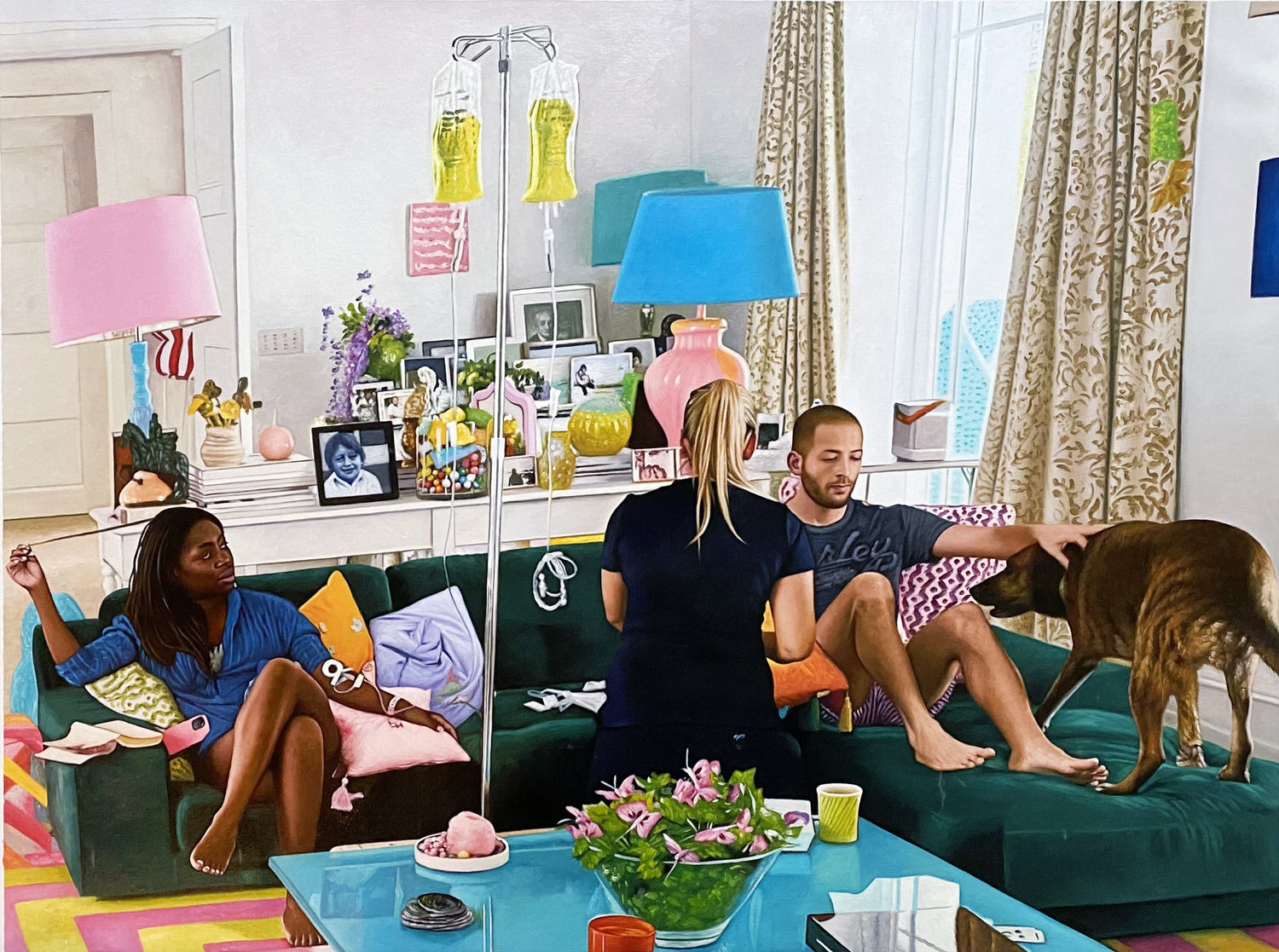
LA is a place, too (the vitamin drip)
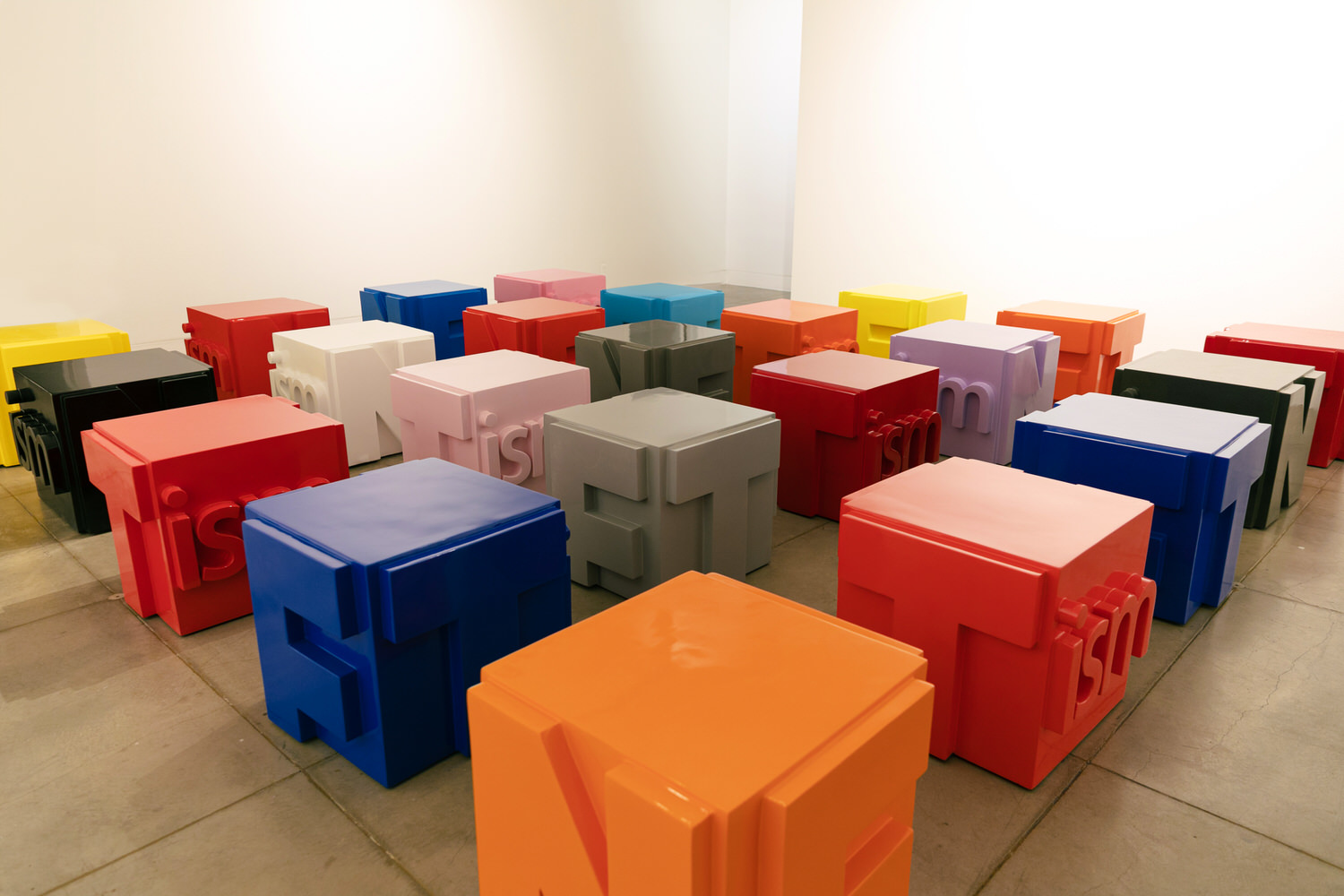
NFTism (Different colors)

NFTism (Mirror)

NFTism (B&W stripes)

Chubb Venus (Clay)

Chubb Venus (Aluminum)

Roberta Smith (Bronze)
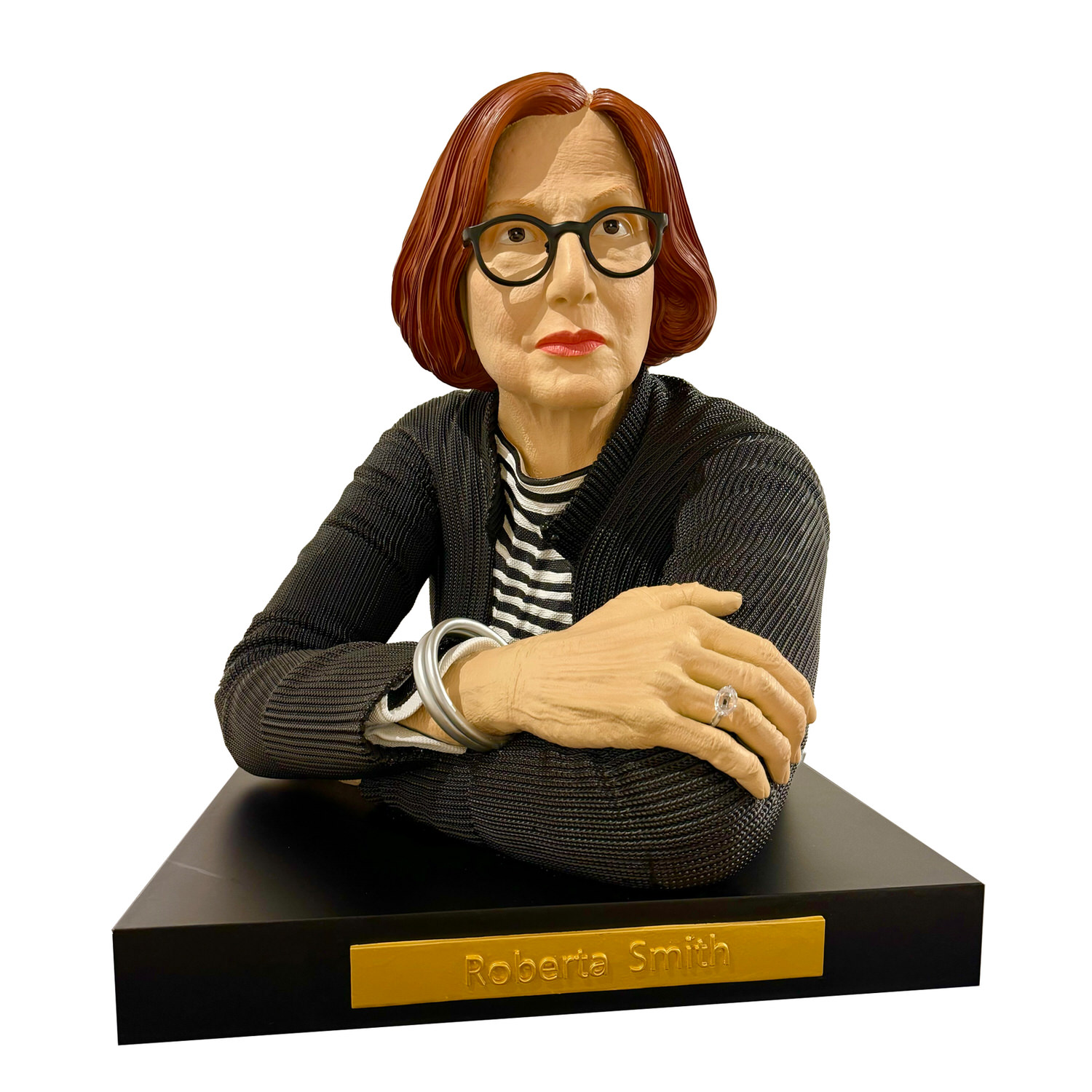
Roberta Smith (Aluminum)

Selfie-man mini

Yayoi Kusama

Paris Hilton

Rafik Anadol

Beeple
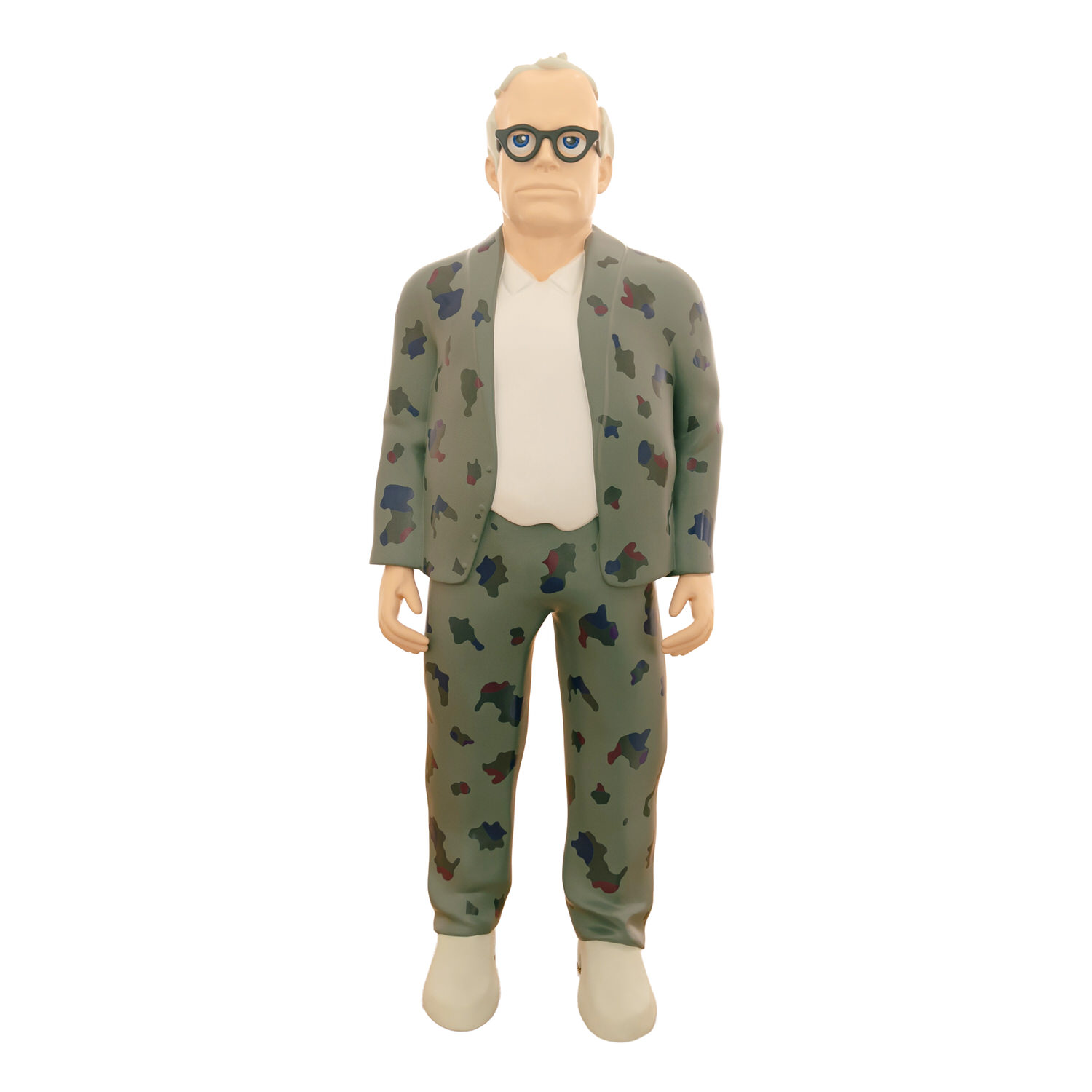
Hans Ulrich Obrist

Mini Picasso

Tracey Emin

Georgia O’Keeffe

Francis Bacon

Rembrandt

Joan Mitchell
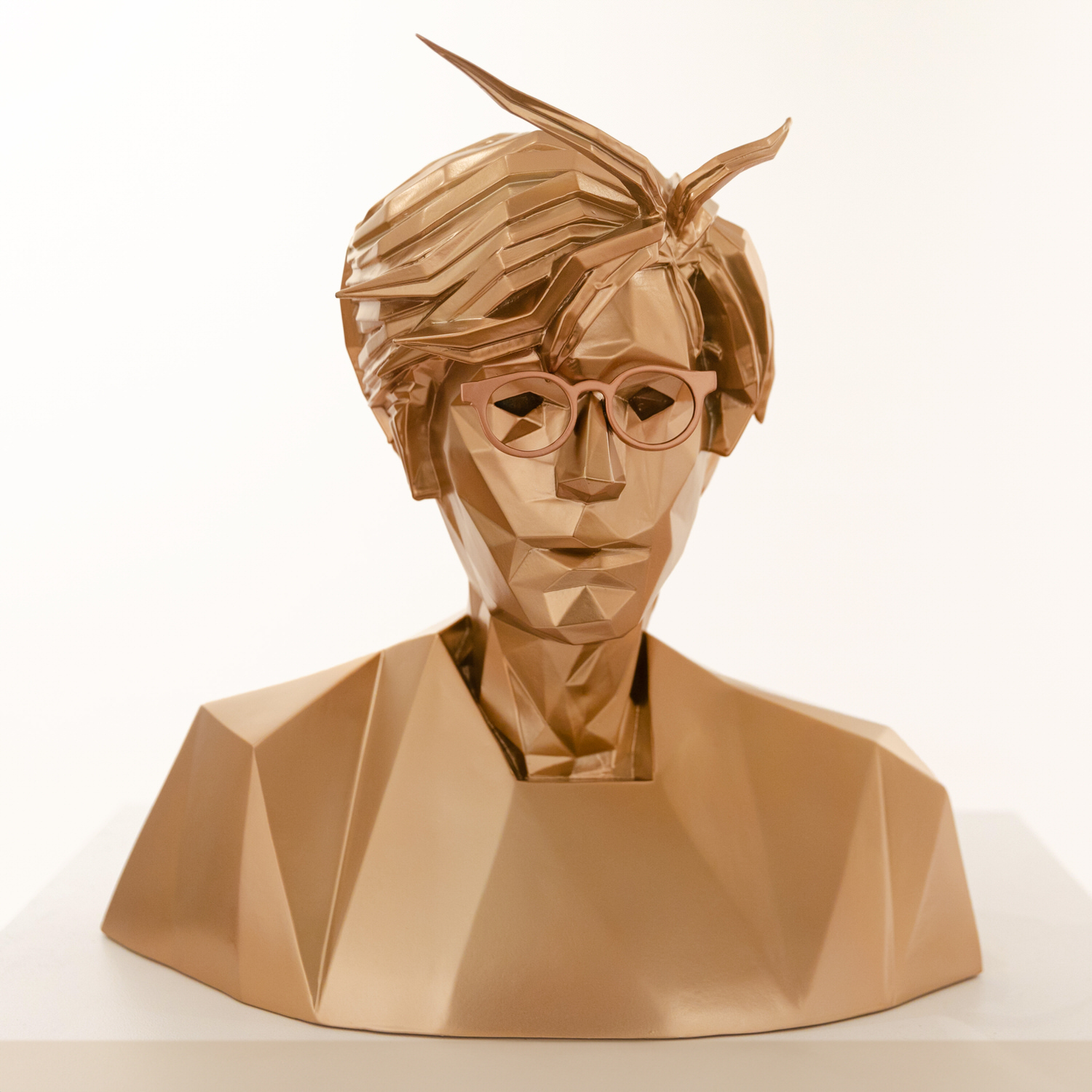
Andy Warhol

Pablo Picasso (Blue)
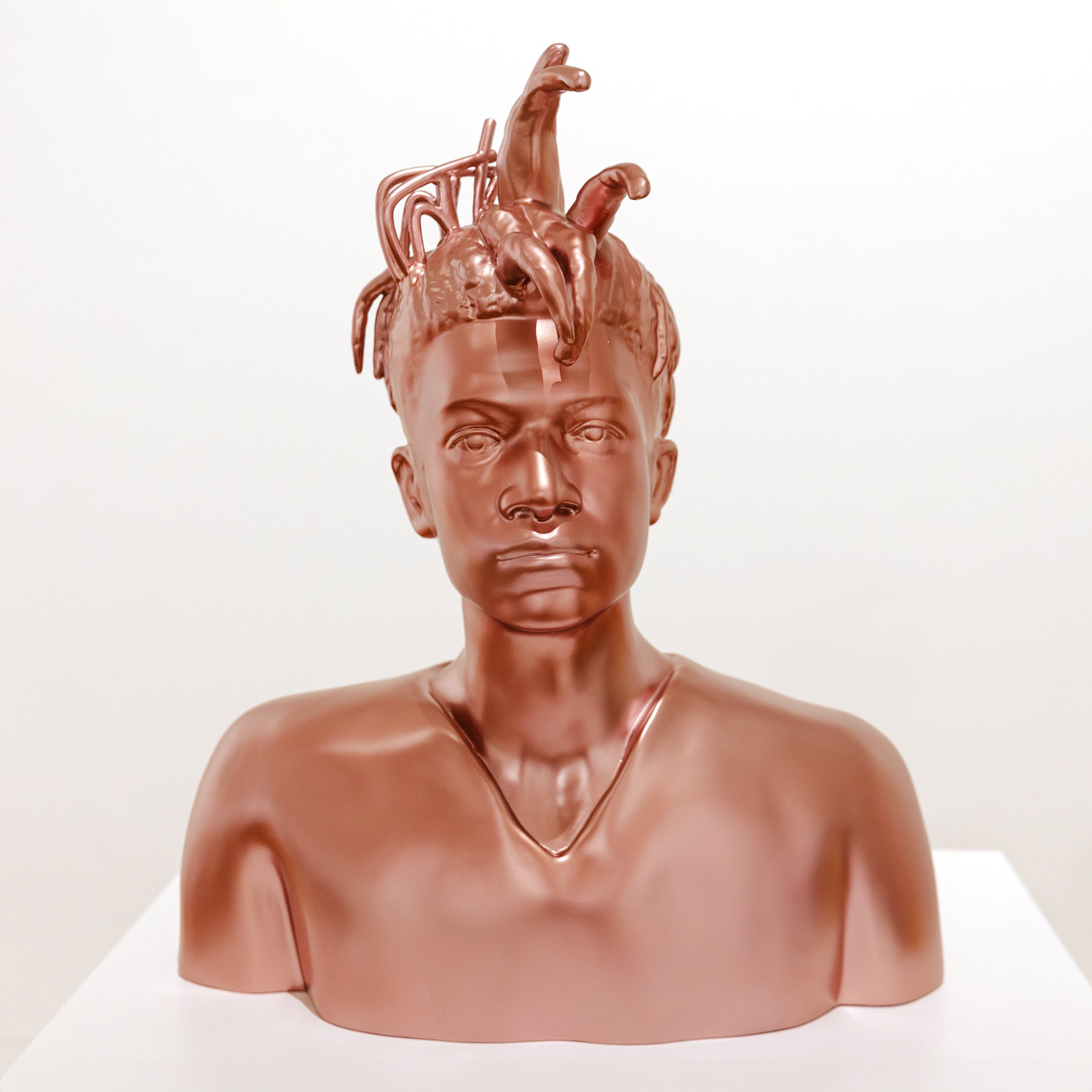
Jean-Michel Basquiat

Lucien Freud
OOPS
One (Outstanding) Person Show
Ruan Hoffmann
Although he works in the medium of ceramics, Ruan Hoffmann has never really thought of himself as a ceramicist. This might seem like an oxymoron if you’re not familiar with his work, but once you come to know his exquisitely irreverent ceramic plates it starts to make a peculiar kind of sense. Working in delicate earthenware paper clay, Hoffmann eschews the perfection of the expected sphere to craft plates that are willfully irregular – misshapen and rough around the edges.
These broken spheres are the canvases on which he memorializes passing moments of thought that punctuate the highs and lows of his existence, so his plates take on a function that has surprisingly little to do with their form. You might think of them as a diary of impressions in which he sets down, in brief pointillist form, the details of a world in constant flux and motion.
The plates come to stand in for clauses and phrases, establishing a form of syntax that is visual and textual at once. Seen in clusters, they come to constitute paragraphs, even noisy chapters of thought. One of the world’s oldest and most fundamental art forms, ceramics is considered a medium in which art meets function, frequently occupying the rustic centre of the home. But none of Hoffmann’s objects are intended to be functional – they are forms hi-jacked from the homey environs of the domestic sphere for the purposes of unfettered, spasmodic expressivity and quick stabs of stinging social commentary. Poetically confrontational turns of phrase undercut the ornamental decorativeness of their initial impact.
If some of Hoffmann’s plates are politically provocative, others are more lyrical in mood, capturing a more inward, self-reflexive sensibility – a sense of woundedness or vulnerability. His tone is often introspective, subverting the privacy of the journal entry by displaying his intimate musings in the public sphere of the salon.
There is that fleeting, vicarious sense of impetuous Elizabeth Taylor-style ruptures and tender reconciliations, but you’re never quite able to stitch together a coherent narrative or a happy ending.
We’re strictly in the territory of the collage cut-up or the cover version remix, where only a titillating echo of the originating moment prevails.
With the solemnity of a jilted drag queen or the jarring directness of Sylvia Plath, Hoffmann’s words appeal to the desperate romantic in us, while graphic swirls, golden teardrops and painterly swoons lend a suitably operatic quality to his aesthetic. The fragility of his medium could not be more apt.
Excerpt from the essay “Portrait of the artist as a room full of plates”
by Ph.D. Alexandra Dodd, University of Cape Town
Ruan Hoffmann (b.South Africa, 1971 living and working in Amsterdam the Netherlands.
Hoffmann works in a variety of mediums but known for his work in ceramics.
He ironically gives a biting and wry view of a fragile society in rapid flux through a historically laden medium like porcelain.
This selection of plates presented are all porcelain and the majority was made this year during the lockdown in Amsterdam. Earlier pieces dating from 2017-2019 are also shown.
His work is represented in various National and International collections.
